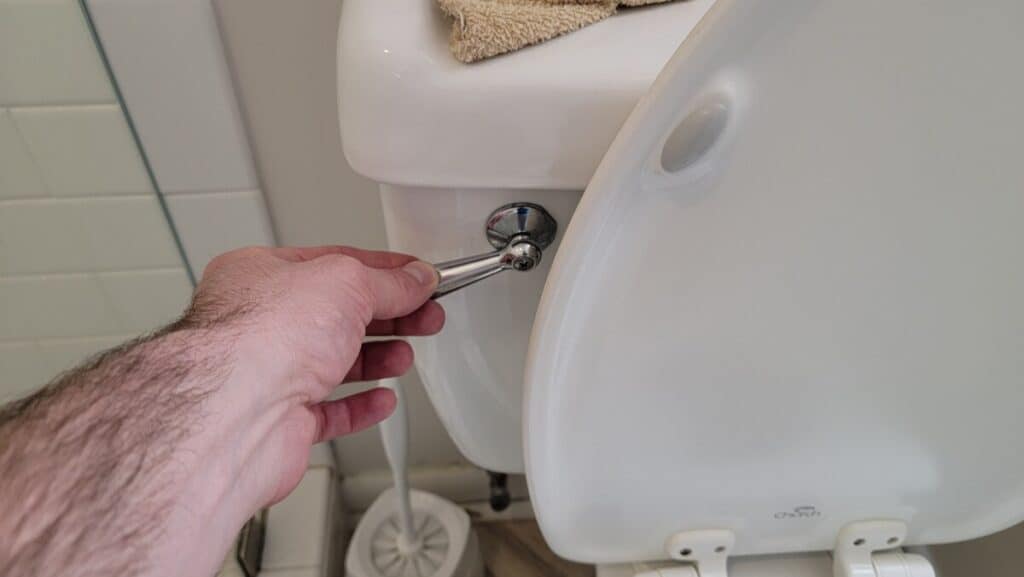In an era where sustainability is not just a choice but a necessity, the advent of smart water-saving toilet technology is a game changer. As the world grapples with finite resources, the need to innovate and integrate technology into everyday life has never been more critical. Toilets, a staple in every household and public facility, are now at the forefront of this transformation. The smart water-saving toilet technology aims to address the escalating water crisis by significantly reducing water usage while maintaining efficiency and user-friendliness.
These modern marvels are not only environmentally friendly but also offer a glimpse into the future of smart home integration. The integration of this technology into residential and commercial spaces is becoming increasingly vital, especially for industry QA professionals who are responsible for ensuring quality and sustainability in facility management.

The Imperative for Water Conservation
Water scarcity is a pressing issue that demands immediate action. According to EPA WaterSense, traditional toilets are among the leading sources of water consumption in homes. Older models can use up to 7 gallons per flush, which is a significant contribution to unnecessary water wastage. In contrast, smart toilets equipped with water-saving features can reduce water usage by up to 50% or more, making them a pivotal component in water conservation efforts.
The implementation of this technology is not only beneficial for the environment but also for consumers who can see a substantial decrease in their water bills. For industry QA professionals, understanding the impact of these technologies on water management systems is crucial for future-proofing their facilities.
How Smart Toilets Work
The heart of smart water-saving toilet technology lies in its ability to optimize water usage without compromising performance. These toilets incorporate advanced sensors and automation to regulate the amount of water used per flush. For instance, dual flush systems allow users to select a low or high water volume flush based on necessity. Moreover, some advanced models come with motion sensors that trigger a flush only when necessary, further conserving water.
Another innovative feature is the incorporation of leak detection systems that alert users to potential leaks, preventing wastage. For example, technologies such as factory pipe leak monitors are becoming increasingly integrated with smart toilets, providing a comprehensive approach to water management.
Benefits for Industry QA Professionals
For industry QA professionals, the integration of smart water-saving toilet technology presents numerous benefits. Firstly, it ensures compliance with environmental regulations and standards, which is crucial for maintaining the credibility and sustainability of an organization. Secondly, the reduction in water usage translates to cost savings, which can be significant in large facilities. Additionally, by adopting these technologies, QA professionals can enhance their facility's reputation as a leader in sustainability and innovation.
Moreover, the data collected from these systems can provide valuable insights into usage patterns and potential areas for improvement. This data-driven approach enables proactive maintenance and optimization of water usage, aligning with the goals of modern QA practices.
Challenges and Considerations
While the benefits of smart water-saving toilet technology are evident, there are challenges that need to be addressed. The initial cost of installation can be a barrier for some, although the long-term savings and environmental benefits often outweigh the upfront expenses. It's also important for QA professionals to ensure that the technology is compatible with existing infrastructure and that staff are adequately trained to operate and maintain these systems.
Additionally, concerns about privacy and data security must be considered, as smart toilets often collect data to optimize performance. Ensuring that this data is handled securely is paramount to maintaining user trust and compliance with privacy regulations.
Future Prospects
The future of smart water-saving toilet technology is promising. As technology continues to evolve, we can expect these systems to become even more efficient and integrated with other smart home devices. For example, the integration of AI could lead to even smarter water usage predictions and personalizations, further enhancing the user experience and sustainability efforts.
Moreover, as awareness of environmental issues grows, the demand for such technologies is likely to increase. Industry QA professionals will play a critical role in driving this change by advocating for the adoption of these technologies and ensuring their effective implementation.
Conclusion
In conclusion, smart water-saving toilet technology represents a significant step forward in our quest for sustainability. By drastically reducing water consumption, these toilets not only benefit the environment but also provide economic advantages and align with modern quality assurance practices. As we move towards a more sustainable future, the role of these technologies will become increasingly important, and industry QA professionals will be at the forefront of this transformative journey.

FAQs
What is smart water-saving toilet technology?
Smart water-saving toilet technology refers to advanced toilet systems that use sensors, automation, and other technologies to minimize water usage without compromising performance.
How do smart toilets save water?
Smart toilets save water through features like dual flush systems, sensor-triggered flushes, and leak detection technology that optimizes the amount of water used per flush.
Are smart toilets cost-effective?
While the initial cost of smart toilets can be higher than traditional models, they often lead to significant savings in water bills and maintenance costs over time, making them a cost-effective choice in the long run.






